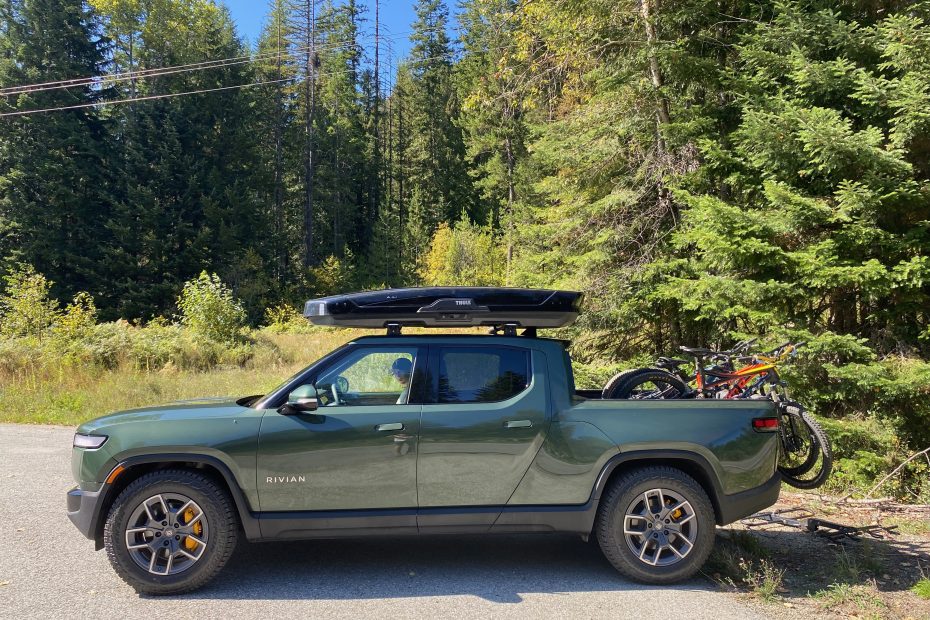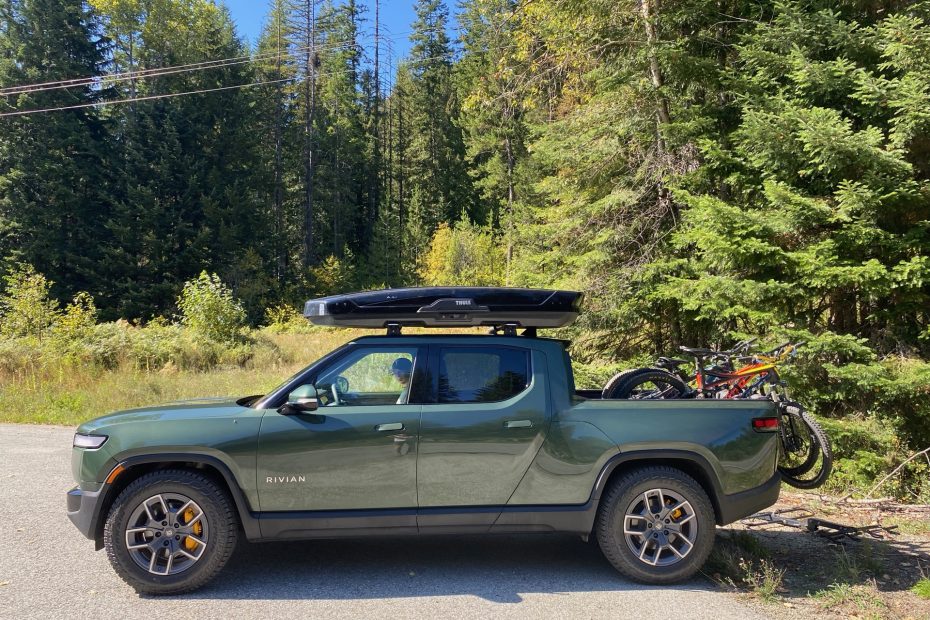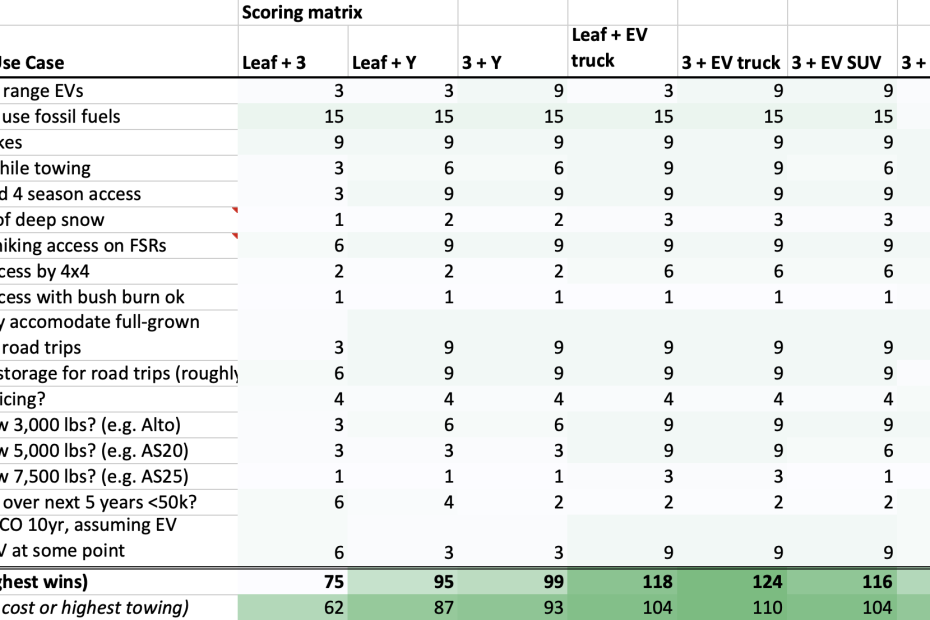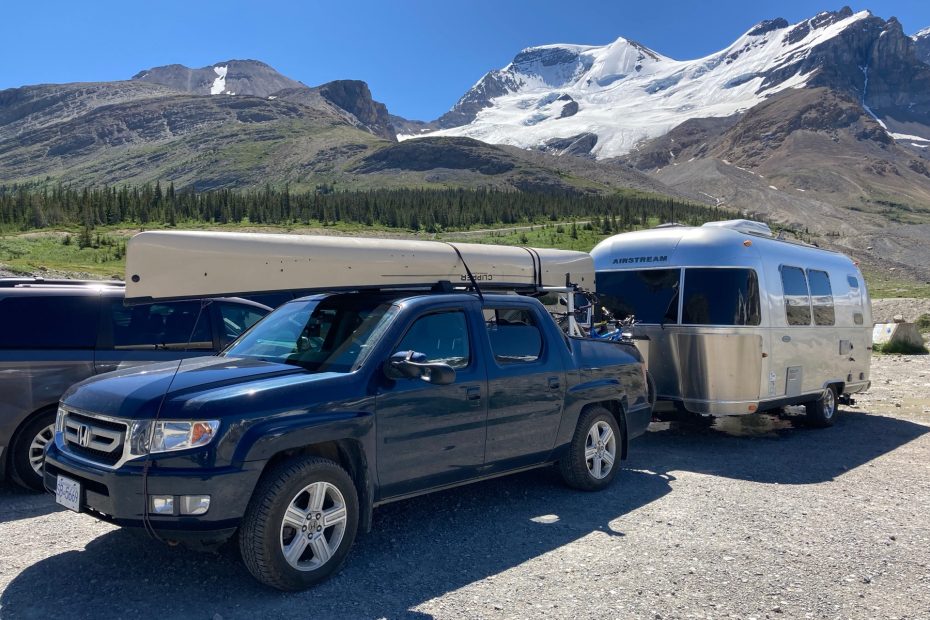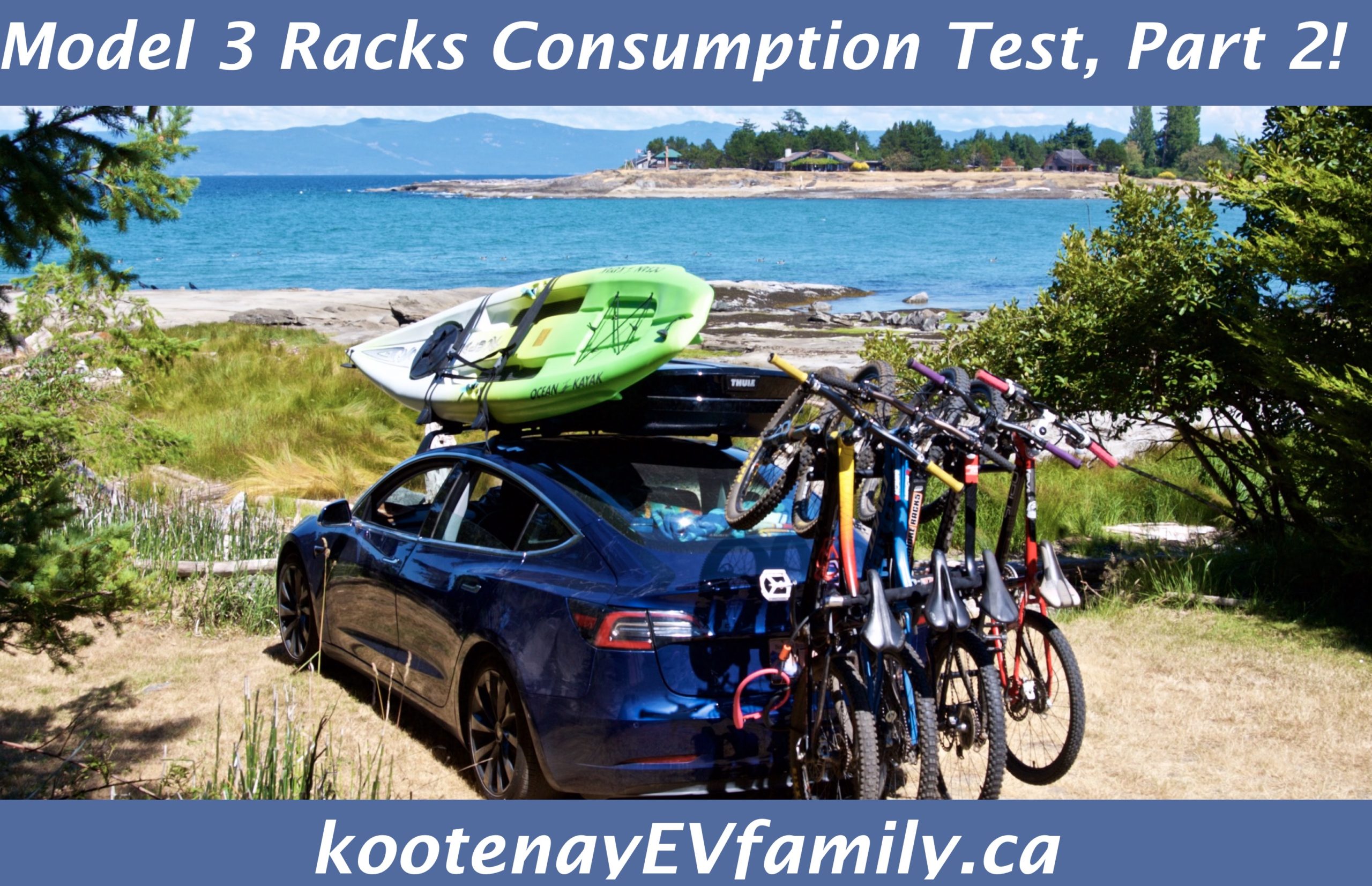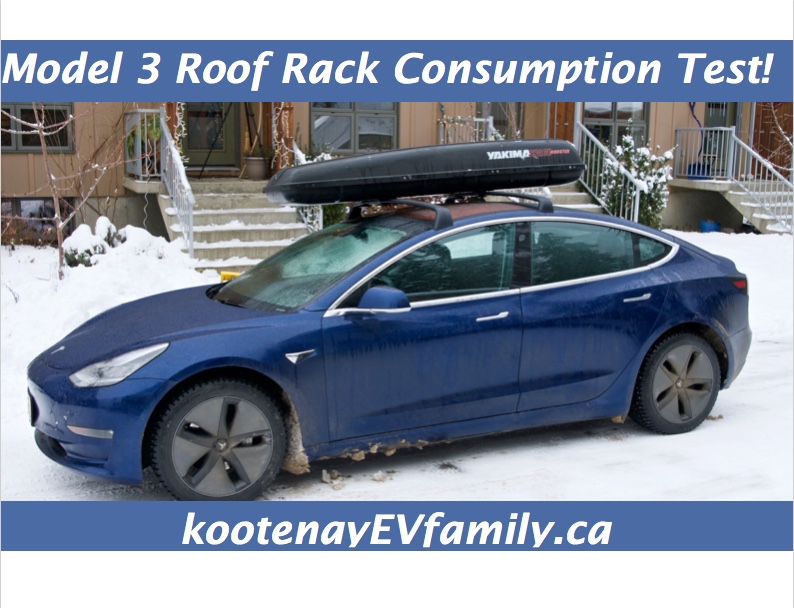A few years ago, I reported on my experience installing the Tesla roof rack on my Model 3 (apparently the bolts are a bit longer now and easier to install), and shortly afterwards I tested the impact on consumption/efficiency (i.e. how much did the Wh/km change?)
A few months after that last post/video, in the spring of 2019, I received and installed a Stealth Hitch on my Model 3 (post coming “soon”). I decided to re-run the consumption test, but this time including a bike rack, a Northshore rack that I’ve been using for several years on a few different cars. Read on to find the values I use when planning out my longer road trips – because the car cannot recalibrate it’s range estimate enough to compensate for the added consumption (it tries, but it is always wrong), it is important to have these values. You can adapt these values for use with the Model Y as well – see the bottom for more.
Read More »Tesla Model 3 Consumption with Roof Rack and Bike Rack 